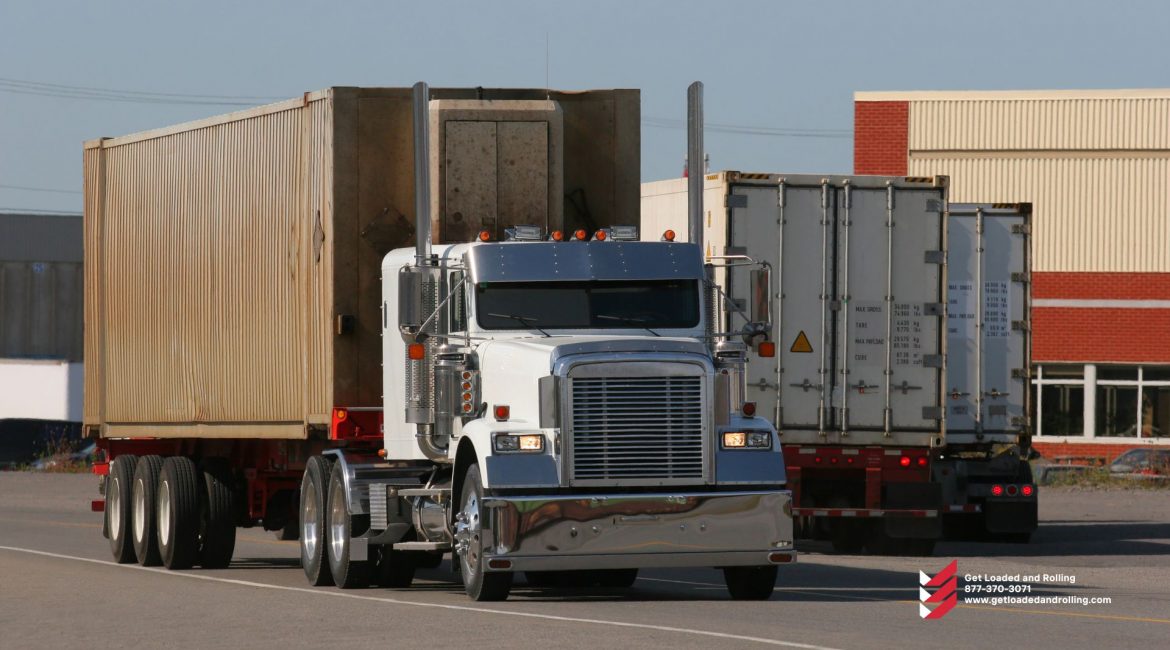After Daseke expressed dissatisfaction that one of the top debt rating agencies did not raise its rating, the flatbed operator got its wish when another one did.
When Moody’s conducted an assessment of Daseke (NASDAQ: DSKE) earlier this year, it issued a report stating that the company’s debt outlook was “stable,” which means that conditions did not exist to suggest an upgrade or downgrade. Daseke officials were dissatisfied at the time, noticing that flatbed prices were growing even as dry van rates began to fall.
However, S&P Global Ratings upgraded Daseke’s rating to B+ from B last week.
“Daseke Inc. has continued to improve its revenue and leverage while maintaining relatively stable EBITDA margins, owing to a strong freight rate environment, demand from industrial end markets served by the company, and higher fuel surcharge revenue, partially offset by persistent supply chain and inflationary constraints,” S&P Ratings said in its report.
The company’s outlook was graded stable, which “reflects our belief that Daseke will benefit from reasonably firm revenue and earnings, supported by favorable near-term demand trends in the flatbed freight market,” according to the agency.
Rating agencies do not comment on the profitability of the companies they rate, yet Daseke’s profitability is well known given that it is publicly listed. In its most recent financial release, the company posted adjusted earnings per share of 42 cents, which were unchanged from the second quarter of 2021. It also raised its sales growth forecast for 2022 to 12% to 15%.
Daseke’s credit rating is still classified as a noninvestment grade, or “junk,” at B+, but it is just four notches into the noninvestment grade area.
When Moody’s released its status quo assessment in April, Daseke CEO Jonathan Shepko told FreightWaves that while dry van rates were falling at the time, flatbed prices were not. “We’ve received pricing increases from shippers,” he said.
S&P seemed to agree, albeit several months later. It stated that the company’s average freight rate increased 12.2% between fiscal 2020 and fiscal 2021, which corresponds to the calendar year. It also stated that the average rate for the first six months of fiscal 2022 was 10.9% higher than in fiscal 2021.
(Earlier this week, officials from Universal Logistics (NASDAQ: ULH) told an investment conference that third-quarter flatbed rates were higher than in the second quarter.)
According to the TSTOPFR.LAXDAL data series in SONAR, the critical Los Angeles to Dallas flatbed lane saw a fall in flatbed rates between April and August but has begun to turn.
“Daseke has mitigated the drop in total kilometers by selectively deploying company-owned assets in end markets with higher rates and margins and deferring excess volumes to its brokerage business,” the company stated.
According to the S&P report, strong flatbed rates are projected to continue this year. According to the agency, “we expect Daseke to continue to benefit from robust flatbed freight rates and demand in major industrial end markets as opposed to commodity-oriented consumer retail markets where rates are dropping” for the remainder of 2022.
The focus of rating agencies is always on the ability to service debt. S&P stated in 2021 that Daseke’s debt to EBITDA ratio was 3.2X, which was lower than the 4X ratio projected by the agency.
According to S&P, EBITDA in 2021 will be driven by higher freight rates and lower maintenance costs, offset in part by higher driver costs.
According to S&P, the company’s 4X ratio remained steady between 2018 and 2020. If spot market rates and macroeconomic conditions deteriorate, the agency believes “peak leverage would likely grow to around these levels, which would still be in line with the ‘B+’ rating.”
Agencies are also intensely focused on capital expenditures because debt payment and free cash flow are intertwined and can be influenced by capex spending. Daseke’s capital expenditures are estimated to reach $70 million this year, up from $53.7 million last year, according to S&P. However, a portion of the greater number in 2022 is due to a $25 million allocation last year that was not spent because OEMs were unable to furnish the necessary equipment.
The S&P estimates that free cash flow to debt will be 12% to 14% this year and 16% to 18% next year.
S&P Ratings identified one atypical positive: increased revenue from fuel surcharges. Even though S&P listed it as a plus for the company — “we… expect Daseke’s revenue will benefit from increased fuel surcharges for the duration of 2022,” it also admitted that the greater income doesn’t affect the bottom line considerably. According to S&P, fuel surcharges are “mainly a pass-through that has no substantial impact on EBITDA or cash flow.”
